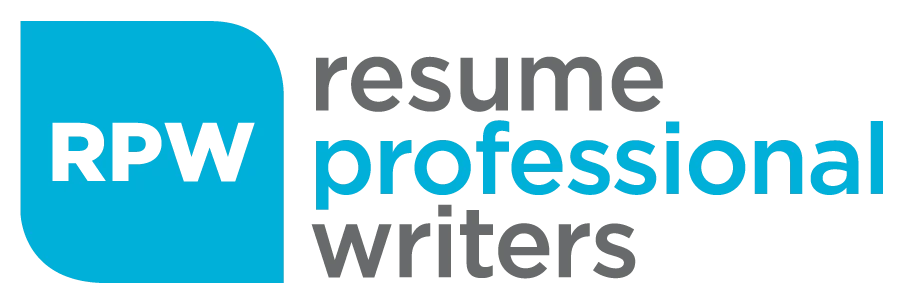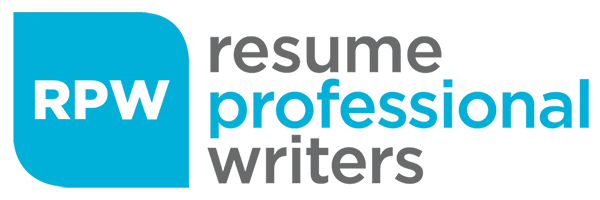At Resume Professional Writers, we understand the intricate connection between recruitment and career development. These two aspects of professional growth are not isolated processes but deeply intertwined elements that shape the trajectory of both individuals and organizations.
In this post, we’ll explore how recruitment and career development work together to create a symbiotic relationship that benefits employees and employers alike. We’ll delve into strategies for integrating these processes and examine the long-term impact on organizational success and individual career satisfaction.
How Recruitment Shapes Career Development
Recruitment serves as a cornerstone in career development, opening doors to new opportunities and professional growth. The process of identifying, attracting, and placing talent has far-reaching implications for individual career trajectories and organizational success.
Identifying Hidden Potential
Recruiters excel at recognizing potential in candidates, often before the candidates themselves realize it. Their expertise lies in identifying transferable skills and matching them with roles that might not be immediately apparent to job seekers. A LinkedIn study revealed that 35% of job changers moved to a different industry altogether, underscoring the importance of recruiters in spotting cross-industry potential.
Mastering the Perfect Placement
Finding the right fit transcends matching skills to job descriptions. It requires a deep understanding of a candidate’s long-term aspirations and aligning them with organizational goals. A Gallup poll found that employees who use their strengths every day are six times more likely to engage at work. This statistic highlights the critical role recruiters play in placing candidates in positions where they can thrive and grow.
Fueling Continuous Growth
The recruitment process extends beyond initial job placement. Forward-thinking recruiters and organizations create pathways for ongoing development. These may include mentorship programs, skill-building workshops, or rotation opportunities. A Society for Human Resource Management (SHRM) report showed that while 86% of employees consider job training important, only 52% of employers provide it. This gap presents a significant opportunity for recruiters to influence career development strategies within organizations.
To enhance the impact of recruitment on career development, companies should:
- Use skills assessments to uncover hidden talents
- Create detailed career maps for new hires (outlining potential growth paths)
- Establish regular check-ins between recruiters and placed candidates (ensuring ongoing fit and satisfaction)
Viewing recruitment as an integral part of career development fosters a more engaged, productive, and loyal workforce. While many recruitment services focus solely on job placement, top-tier providers (such as Resume Professional Writers) partner with job seekers to create resumes that not only secure interviews but also align with long-term career goals. This approach ensures that recruitment becomes a stepping stone to sustained professional growth.
As we explore the symbiotic relationship between recruitment and career development, it’s essential to examine how career development strategies can, in turn, enhance recruitment efforts.

How Career Development Fuels Recruitment Success
Career development isn’t just about individual growth; it’s a powerful tool for attracting and retaining top talent. Organizations that prioritize employee development create a magnetic pull for job seekers and a strong incentive for current employees to stay. Let’s explore how investing in career development can transform your recruitment strategy.
Boost Employee Retention Through Growth Opportunities
High employee turnover costs companies dearly. The Society for Human Resource Management reports that replacing an employee can cost up to 200% of their annual salary. Companies that offer robust career development programs significantly reduce turnover rates. A LinkedIn study found that 94% of employees would stay at a company longer if it invested in their career development.
Companies that implement mentorship programs, skill-building workshops, and clear advancement paths report higher employee engagement and lower attrition rates. These initiatives demonstrate a commitment to employee growth, which in turn fosters loyalty and job satisfaction.
Attract Top Talent with a Development-Focused Culture
Job seekers increasingly prioritize growth opportunities when evaluating potential employers. A Gallup poll revealed that 87% of millennials rate “professional or career growth and development opportunities” as important in a job. You’ll attract candidates who are eager to learn and grow with your organization if you showcase your commitment to employee development in job postings and during interviews.
To leverage this in your recruitment strategy:
- Highlight specific career development initiatives in job descriptions
- Train recruiters to discuss growth opportunities during interviews
- Feature employee success stories and career progression on your company website and social media
Create a Pipeline of Internal Talent
Developing your existing workforce isn’t just good for morale; it’s a smart business move. Internal hiring is faster, more cost-effective, and results in employees who are 61% more likely to succeed in their new roles compared to external hires (according to research by Matthew Bidwell at the Wharton School).
To build a strong internal talent pool:
- Implement a robust performance management system that identifies high-potential employees
- Offer cross-departmental training to broaden skill sets
- Create a formal internal job posting system to encourage lateral moves and promotions
Align Recruitment with Long-Term Organizational Goals
When you focus on career development, you don’t just fill positions; you build a workforce that’s engaged, loyal, and continuously improving. This approach transforms recruitment from a reactive process to a proactive strategy that supports long-term organizational success.
To truly harness the power of career development in your recruitment efforts, it’s essential to integrate these two functions seamlessly. In the next section, we’ll explore practical strategies to merge recruitment and career development into a cohesive, powerful force for organizational growth.

Merging Recruitment and Development: A Practical Guide
Continuous Learning: The Foundation of Integration
Organizations must implement continuous learning programs to bridge the gap between recruitment and development. The World Economic Forum reports that 54% of all employees will need significant reskilling and upskilling by 2022. To address this need, forward-thinking companies adopt strategies such as:
- Microlearning platforms: On-demand learning modules that employees access anytime, anywhere.
- Peer-to-peer learning networks: Knowledge sharing among team members to foster a culture of improvement.
- Virtual reality training: Immersive experiences that simulate real-world scenarios (particularly effective for technical and soft skills development).
Clear Career Trajectories
Establishing transparent career paths attracts new talent and retains existing employees. A Mercer study found that 78% of employees would stay with their current employer if they knew their career path within the organization. To create clear career progression:
- Develop detailed job families and competency frameworks
- Schedule regular career discussions between managers and employees
- Create internal job boards to showcase growth opportunities within the company
Performance Management for Growth
Effective performance management systems serve as the linchpin in integrating recruitment and development. They provide valuable data for both functions, inform recruitment strategies, and guide individual growth plans. A well-designed system should:
- Set clear, measurable objectives aligned with organizational goals
- Schedule regular feedback and coaching sessions
- Identify skill gaps and learning opportunities
- Inform succession planning and internal mobility decisions
Technology-Driven Integration
Leveraging technology enhances the integration of recruitment and development processes. Companies can:
- Use AI-powered tools to match candidates with suitable roles and development opportunities
- Implement learning management systems that track employee progress and suggest personalized development paths
- Utilize data analytics to identify trends in skill gaps and tailor recruitment efforts accordingly
Collaborative Approach
Fostering collaboration between recruitment and development teams creates a more cohesive talent strategy. This approach involves:
- Regular meetings between HR, recruitment, and learning and development teams
- Shared goals and metrics that align recruitment efforts with long-term development objectives
- Cross-functional projects that combine recruitment expertise with development insights
These strategies create a seamless flow between recruitment and career development. This integration enhances the employee experience and builds a more agile, skilled workforce ready to meet future challenges.
Job seekers who navigate this integrated landscape can benefit from professional resume writing services. Resume Professional Writers stands out as the top choice, offering expertise in crafting ATS-friendly resumes and optimizing LinkedIn profiles. Their services ensure that candidates position themselves well to take advantage of these development-focused recruitment practices, increasing their chances of landing roles with clear growth potential.

Unlocking Long-Term Success Through Recruitment and Career Development
Recruitment and career development form the backbone of successful organizations, working in synergy to improve talent acquisition, boost employee retention, and build a workforce ready to meet future challenges. By prioritizing career development alongside recruitment efforts, companies not only attract top talent but also foster a culture of growth and innovation.
This synergy directly benefits employees, offering increased job satisfaction, clearer career paths, and continuous learning opportunities. When recruitment aligns with career development, individuals find roles that match their skills and aspirations, leading to greater engagement and productivity across the organization.
Moreover, integrating these strategies helps companies stay competitive by nurturing internal talent and promoting from within. This approach reduces turnover, lowers recruitment costs, and prepares employees for leadership roles, ensuring long-term success and adaptability in a changing business landscape.
Unlock Your Career Potential with Tailored Job Search Solutions
To fully capitalize on the synergy between recruitment and career development, having the right tools to present yourself is essential. A well-crafted resume not only opens doors to immediate opportunities but also positions you for long-term growth. By ensuring your resume aligns with both your skills and future goals, you can seamlessly navigate today’s competitive job market and find roles that foster professional development.
This is where Resume Professional Writers comes in. Our expert team creates customized, ATS-friendly resumes and optimizes LinkedIn profiles to help you stand out. Whether you’re aiming for your next career move or seeking positions with clear growth potential, we provide the support you need to put your best foot forward. Let us help you take the next step toward career success today!








